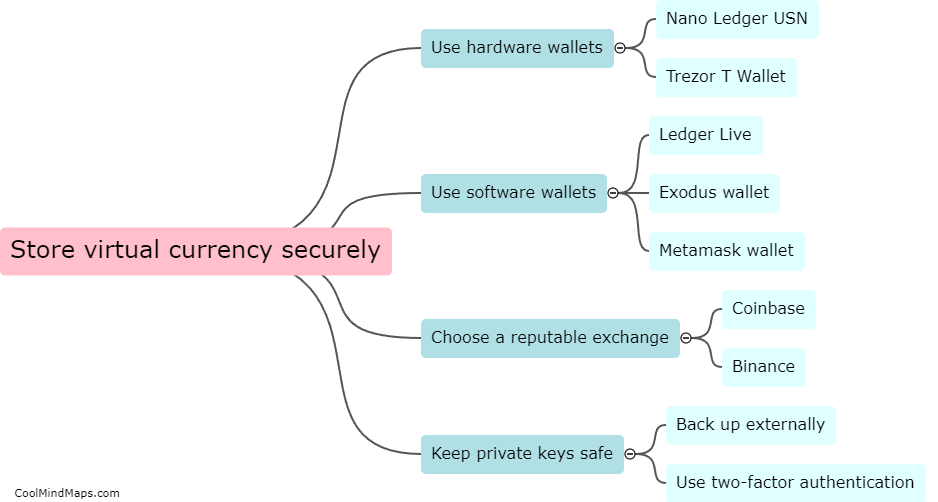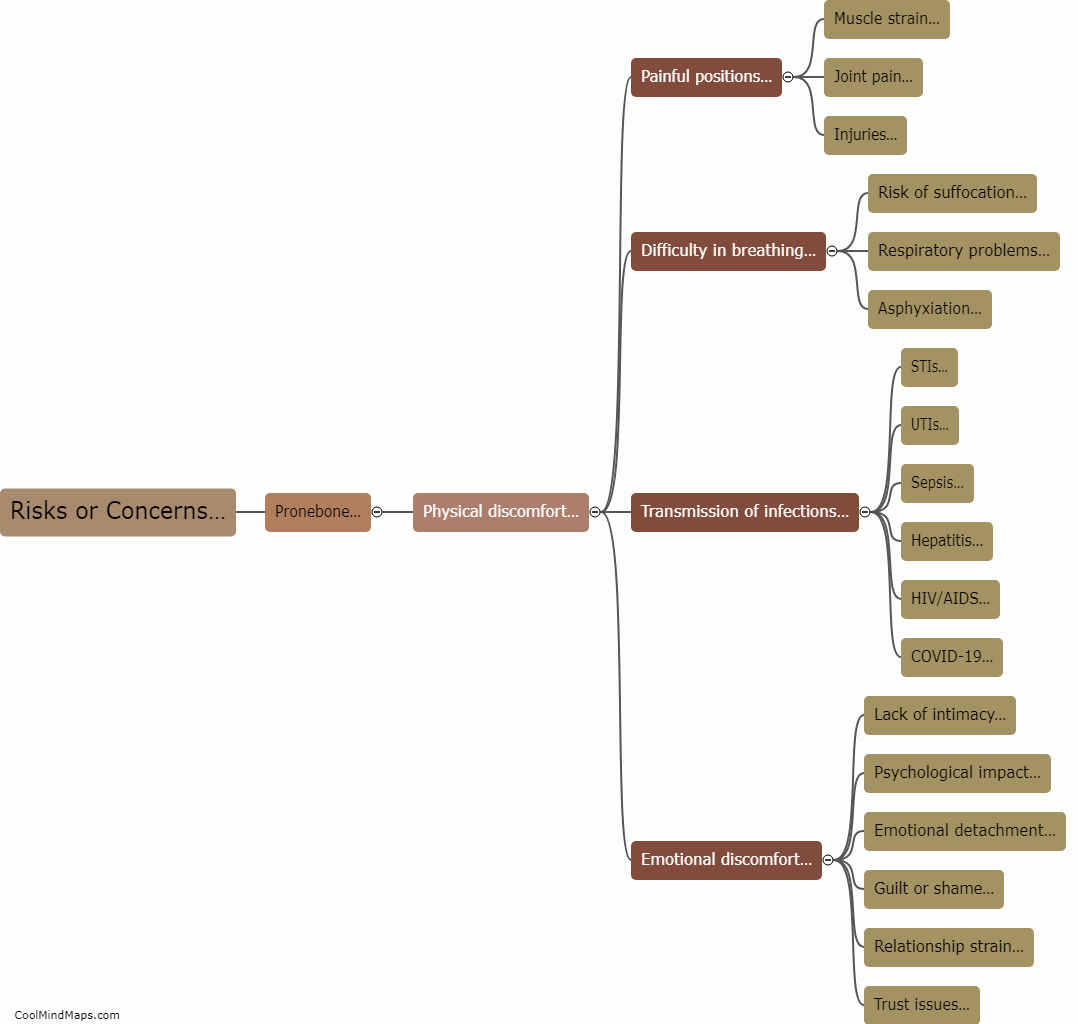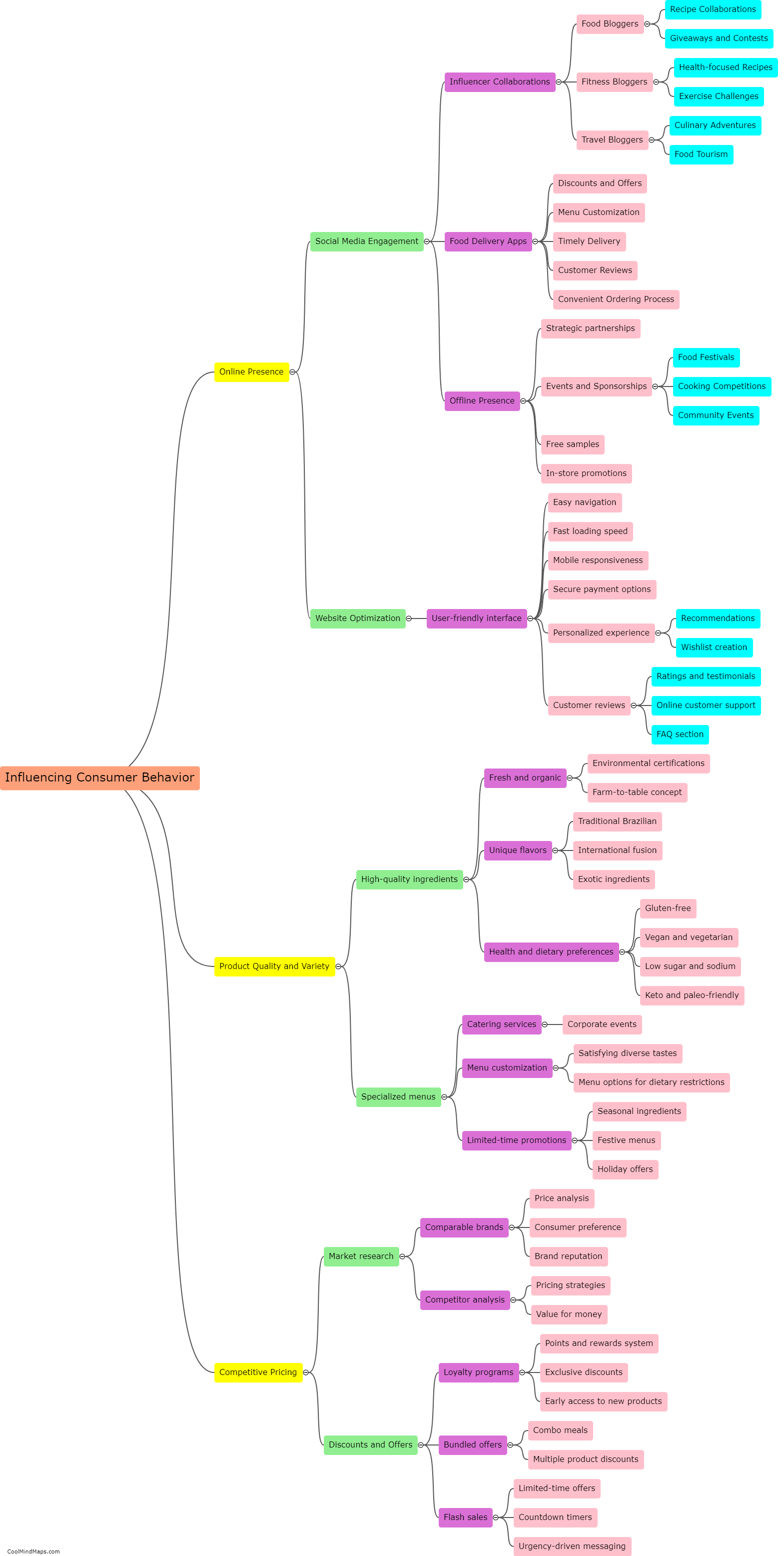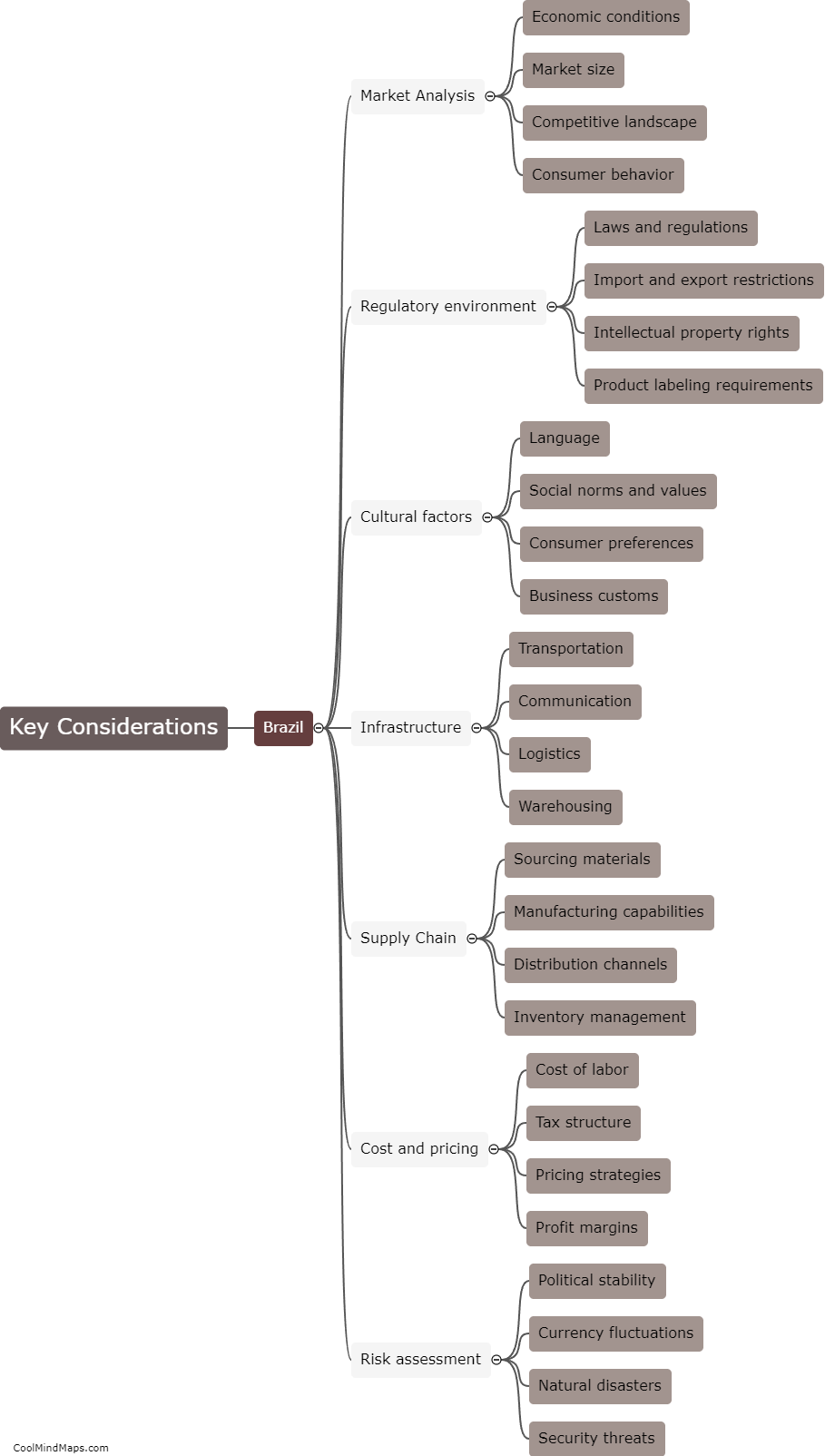What is the transport layer?
The transport layer is a crucial component of the networking stack that ensures reliable communication between two devices over a network. It is responsible for breaking data from the application layer into smaller packets for transmission and reassembling them at the receiving end. The transport layer provides two protocols, namely Transmission Control Protocol (TCP) and User Datagram Protocol (UDP), each with different characteristics. TCP guarantees reliable, error-free data delivery by keeping track of each packet's delivery status and retransmitting any lost packets. UDP, on the other hand, is a connectionless protocol that does not provide error checking or retransmission, making it faster but less reliable. Overall, the transport layer plays a vital role in encapsulating and delivering data across networks, ensuring efficient and secure communication.
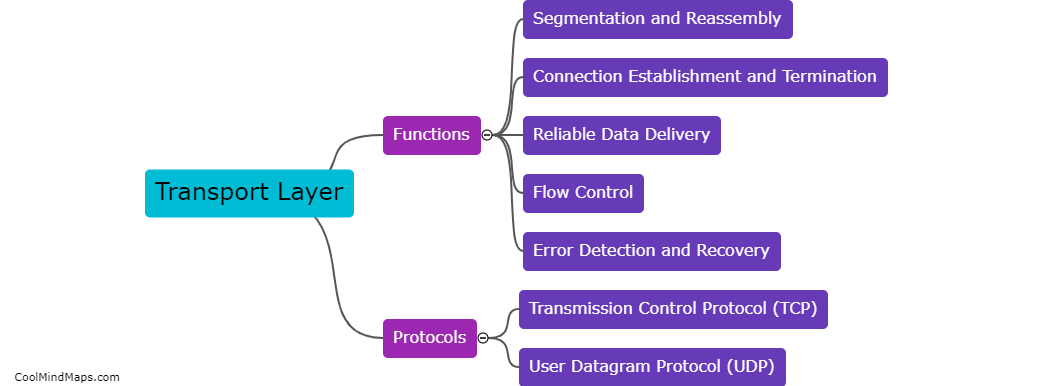
This mind map was published on 26 July 2023 and has been viewed 114 times.
